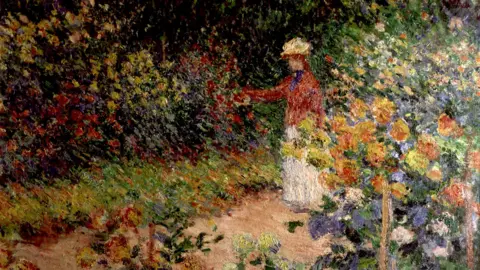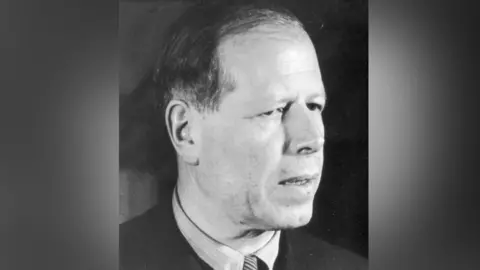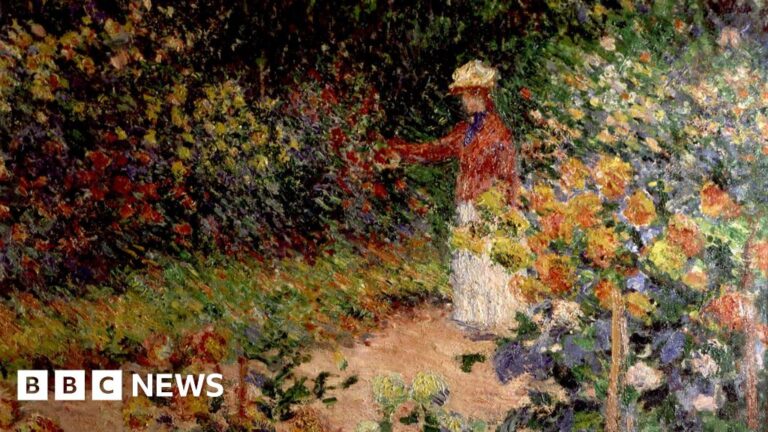By Catherine Armstrong, BBC News
 Claude Monet
Claude MonetOne of Switzerland’s leading art museums has announced it will remove five paintings from one of its exhibitions while it determines whether they were looted by the Nazis.
The works – part of a collection at Zurich’s Kunsthaus museum – are by some of the world’s most acclaimed artists, including Claude Monet and Vincent van Gogh.
Suspicions have long existed about the provenance of works in the Emil Bührle Collection, named after a German-born arms dealer who made his fortune during World War II making and selling weapons to the Nazis.
The decision to remove the paintings follows the publication of new guidelines aimed at tackling the large number of cultural works that have still not been returned to the families from whom they were stolen.
The works under investigation are: Monet’s Garden at Giverny by Claude Monet, Portrait of the Sculptor Louis-Joseph by Gustave Courbet, Georges-Henri Manuel by Henri de Toulouse-Lautrec, The Old Tower by Vincent van Gogh and The Road. rising figure of Paul Gauguin.
The foundation board of the Emil Buhrle Collection said in a statement that it was “committed to seeking a fair and equitable solution for these works with the legal successors of the former owners, following best practices.”
A sixth work in the collection, La Sultane by Édouard Manet, also received further scrutiny, but the foundation said it did not believe the new guidelines applied to it and that the painting would be considered separately.
“Due to the general historical circumstances related to the sale, the Foundation is prepared to offer a financial contribution to the estate of Max Silberberg with regard to the tragic fate of the former owner,” the statement said.
Silberberg was a German-Jewish industrialist whose vast art collection was sold at forced auction by the Nazis. He is believed to have been murdered in the Nazi death camp Auschwitz during the Holocaust.
According to the Neue Zürcher Zeitung newspaper, there has been debate over whether Silberberg was forced to sell La Sultane or whether he did so freely for financial reasons.
 ullstein picture Dtl/Getty Images
ullstein picture Dtl/Getty ImagesMore than 20 countries, including Switzerland, agreed earlier this year to new best practices from the US Department of State on how to deal with art looted by the Nazis.
They were released to mark the 25th anniversary of the 1998 Washington Conference Principles, which set out a set of principles aimed at ensuring the return of stolen or forcibly sold items.
These principles provide an important recourse for families seeking to recover looted works of art, because under Swiss law, no legal claim for restitution or compensation can today be filed for works in the Bührle collection due to limitation periods.
Stuart Eizenstat, special adviser to the US Secretary of State on Holocaust issues, said when announcing the best practices in March that it was estimated that “more than 100,000 of the 600,000 paintings and many more “Millions of other stolen books, manuscripts, religious ritual objects, and other cultural objects have never been returned.”
Until his death in 1956, Bührle amassed a collection of around 600 works of art. A large number of them are managed by the Bührle Foundation and are on display at the Kunsthaus under a 20-year loan.
The others would be hanged in the homes of Bührle’s surviving relatives.



